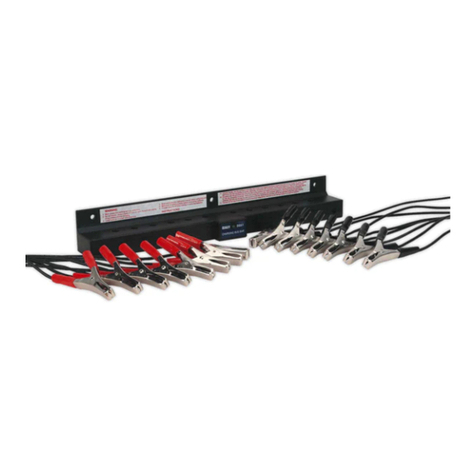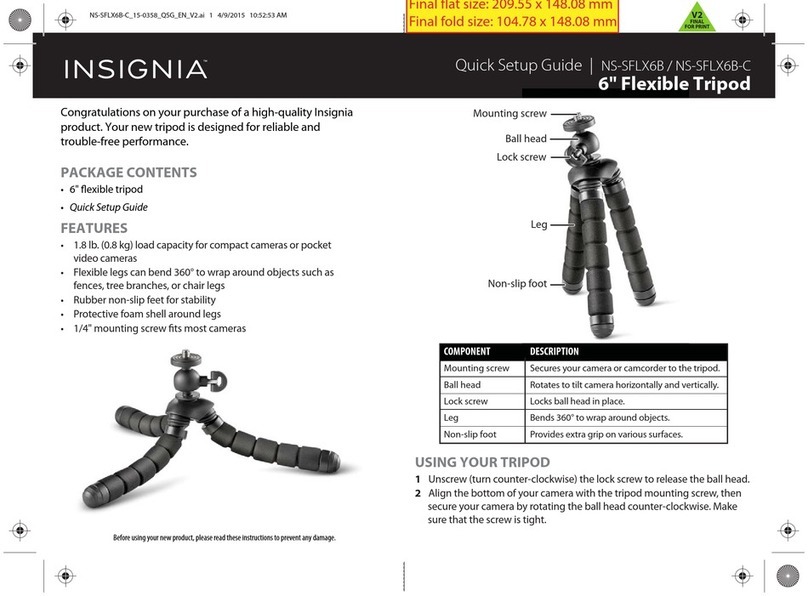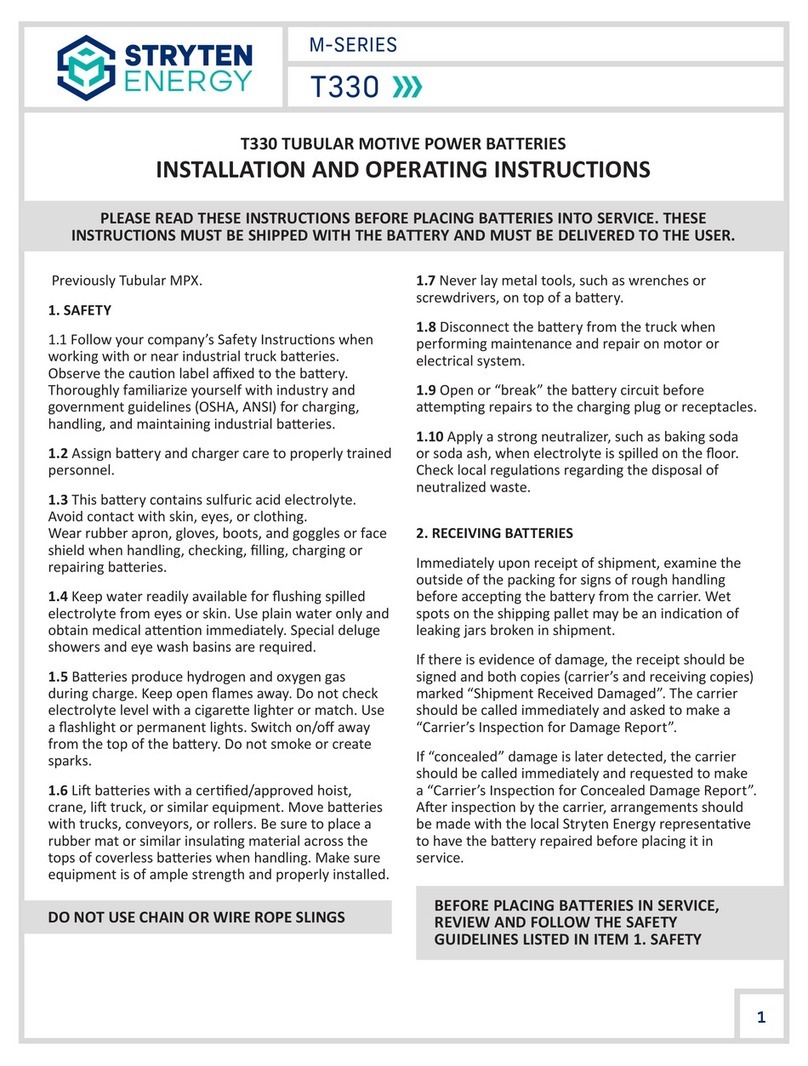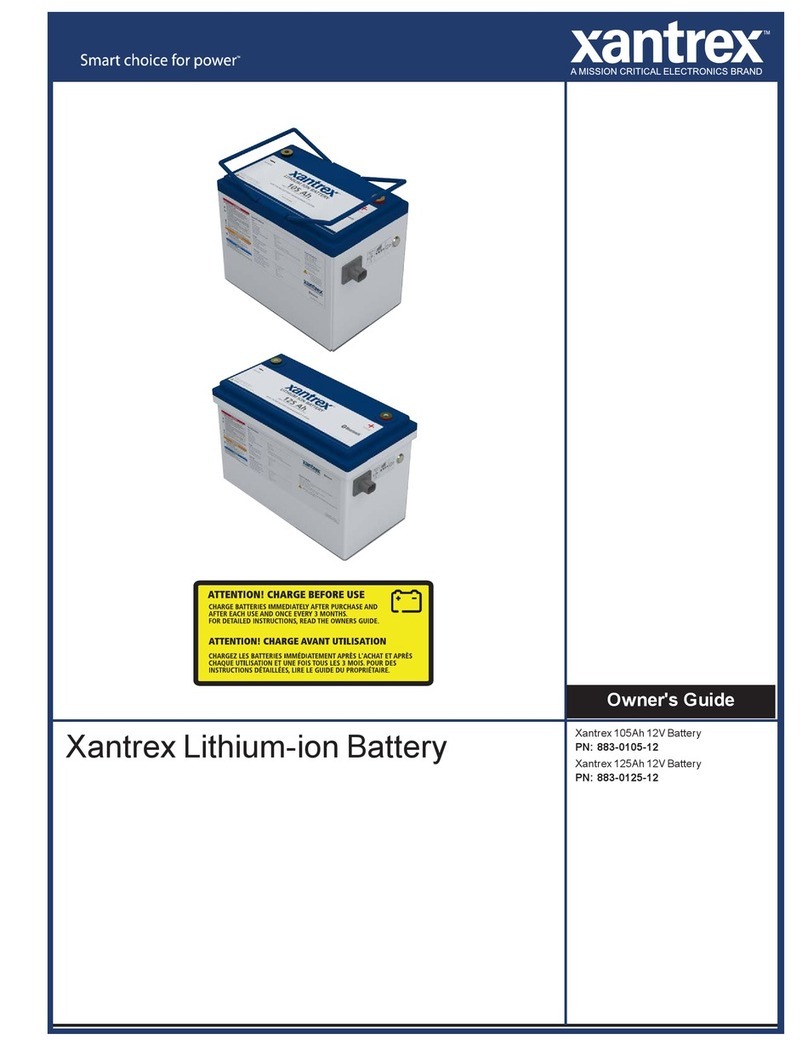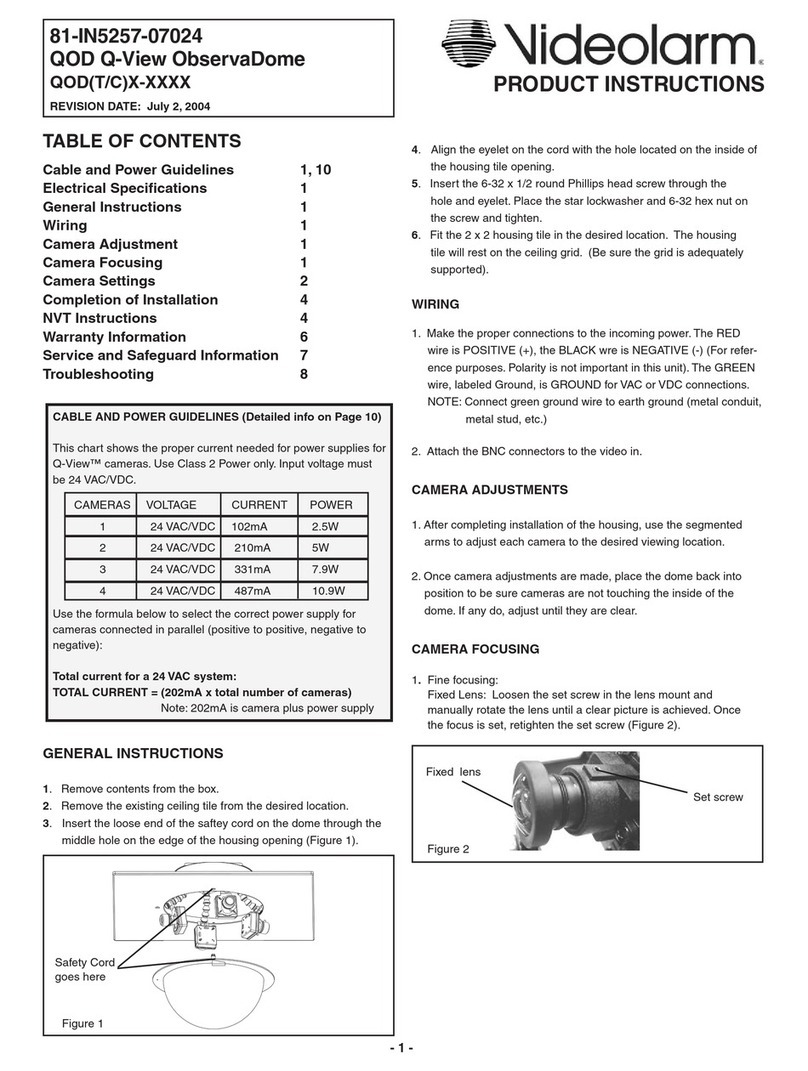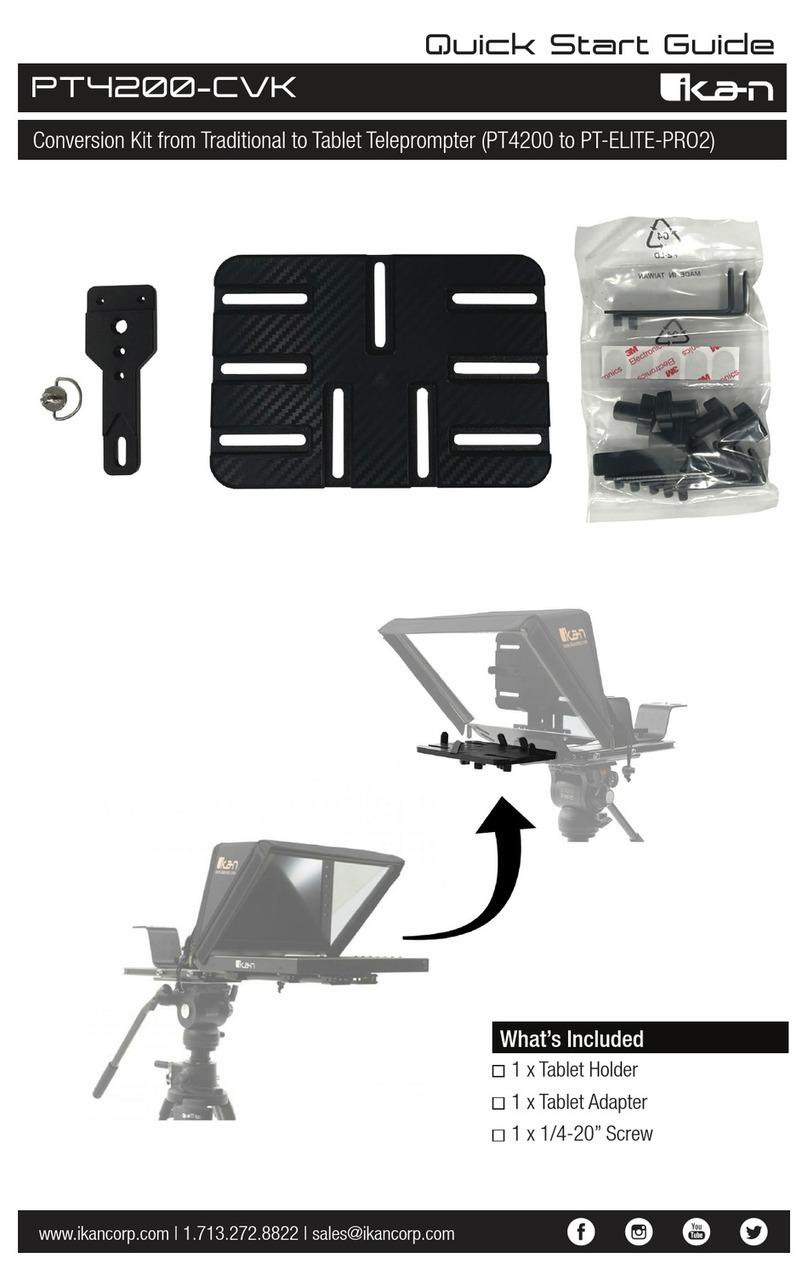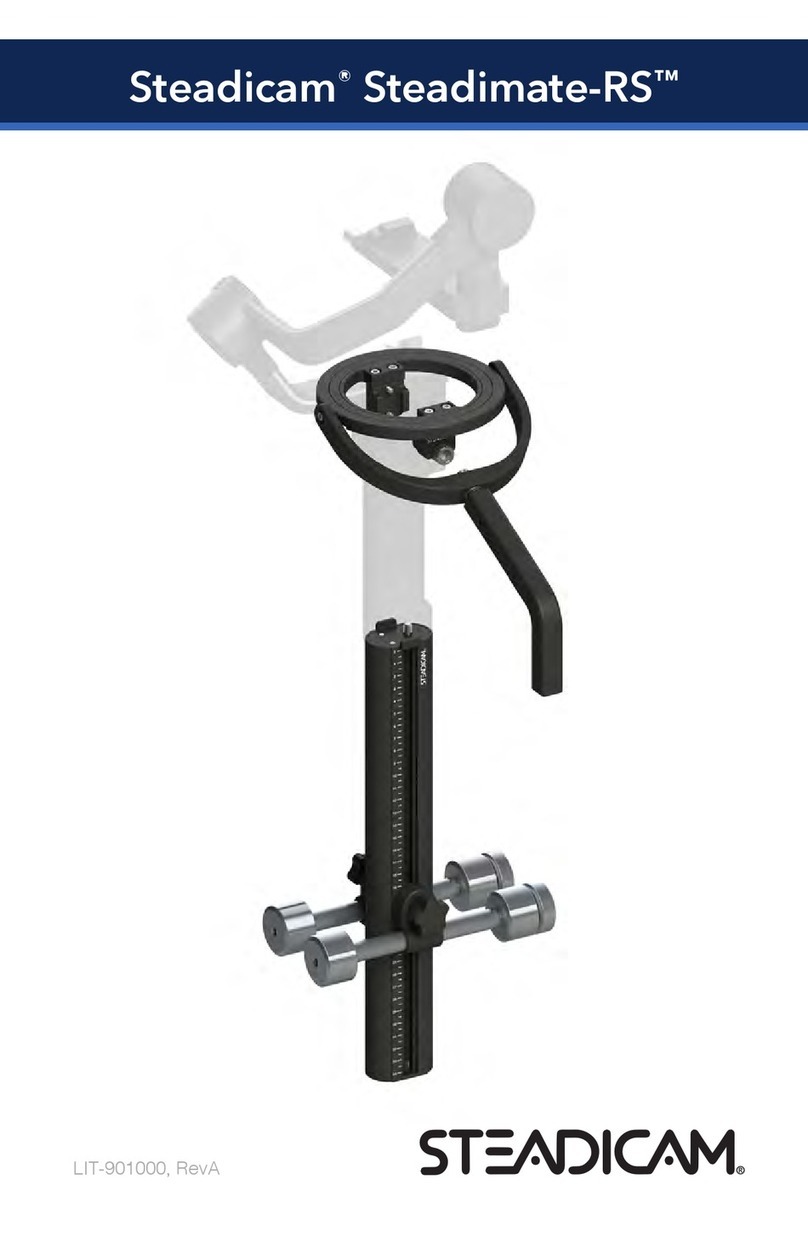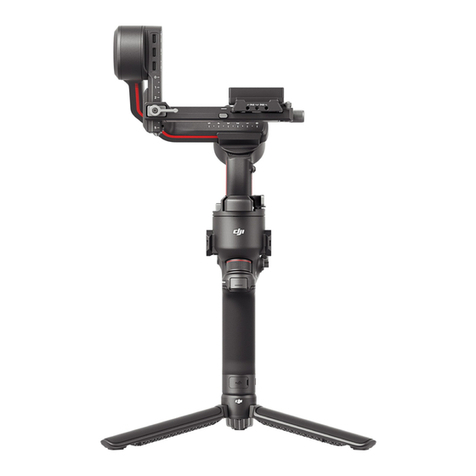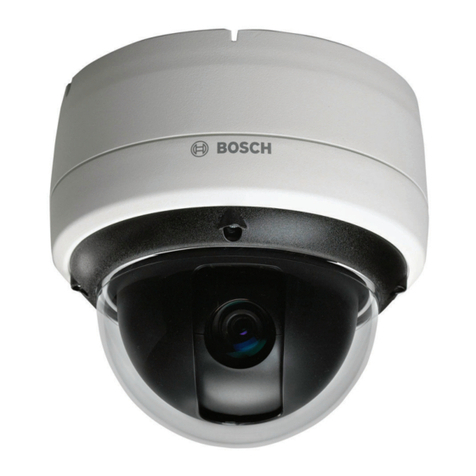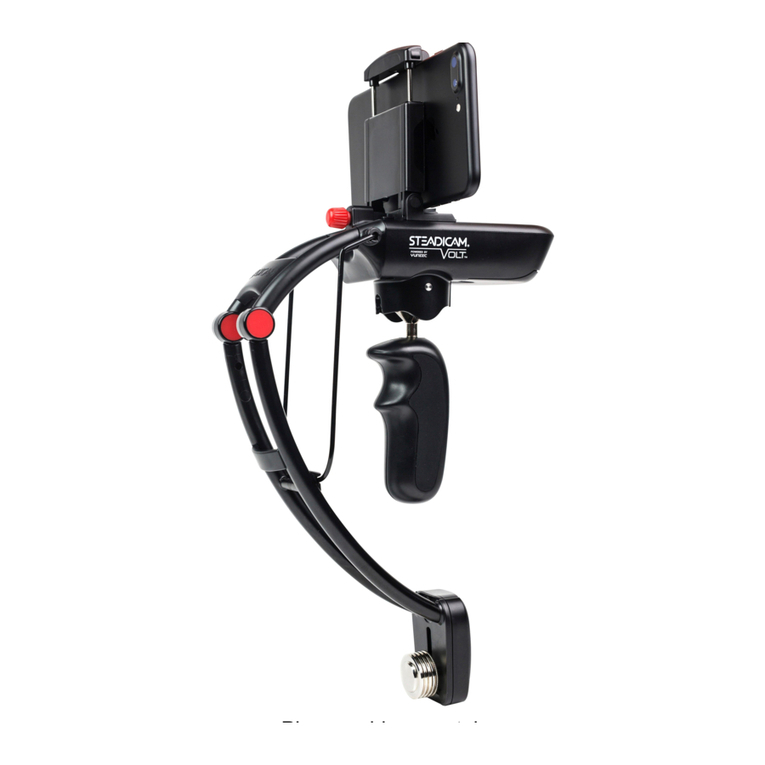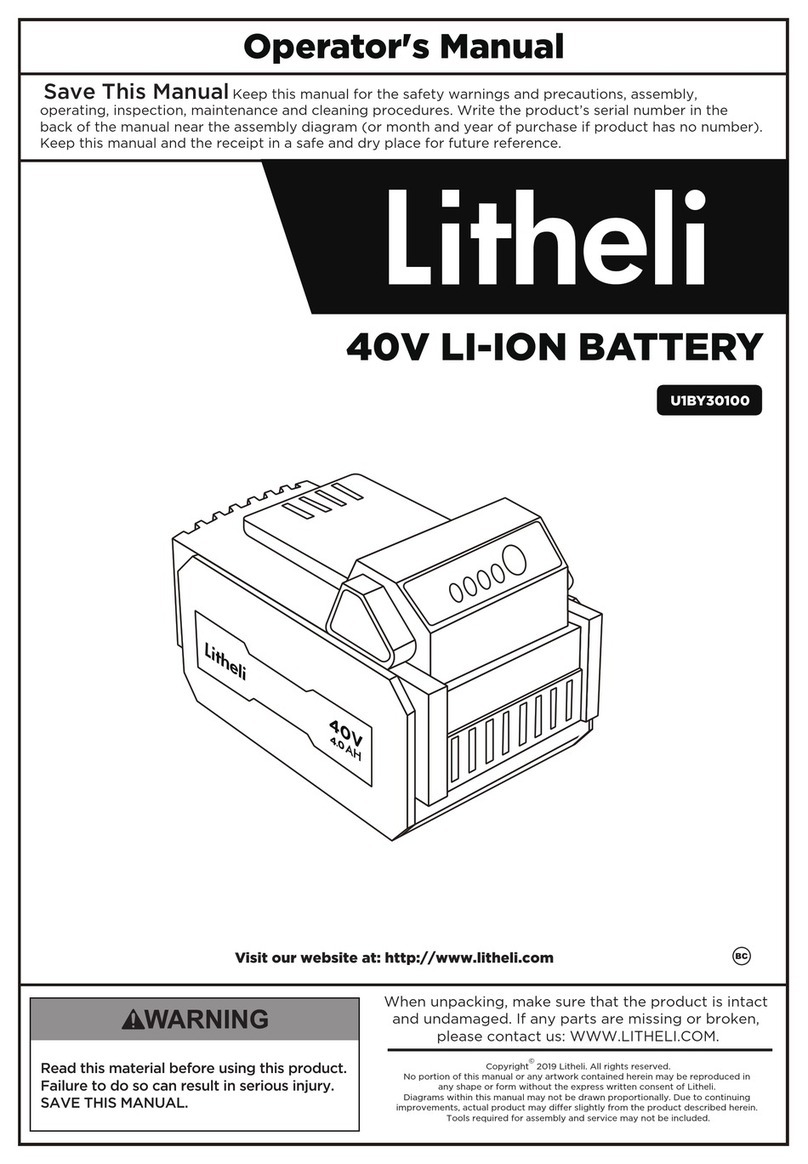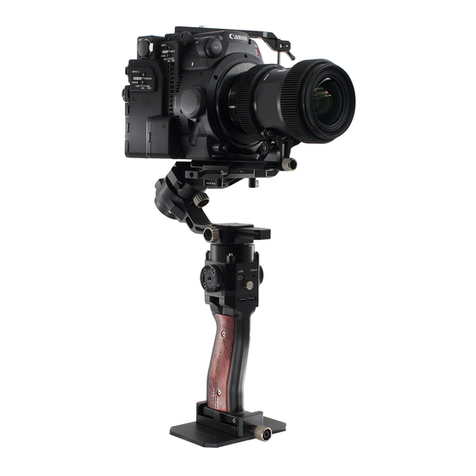Sealey ELEC-CHECK EFF7 User manual

INSTRUCTIONS FOR:
FUSE FINDER KIT
Model EFF7
Thank you for purchasing a Sealey product. Manufactured to a high standard this product will, if used according to these instructions and properly maintained, give you years of trouble free performance.
IMPORTANT: PLEASE READ THESE INSTRUCTIONS CAREFULLY. NOTE THE SAFE OPERATIONAL REQUIREMENTS, WARNINGS AND CAUTIONS. USE THIS PRODUCT
CORRECTLY AND WITH CARE FOR THE PURPOSE FOR WHICH IT IS INTENDED. FAILURE TO DO SO MAY CAUSE DAMAGE AND/OR PERSONAL INJURY AND WILL
INVALIDATE THE WARRANTY. PLEASE KEEP INSTRUCTIONS SAFE FOR FUTURE USE.
C
C
H
H
E
E
C
C
K
K
E
E
L
L
E
E
C
C
1.1. ELECTRICAL SAFETY
p WARNING! It is the responsibility of the owner and the operator to read, understand and comply with the following:
You must check all electrical products, before use, to ensure that they are safe. You must inspect power cables, plugs, sockets and any other
connectors for wear or damage. You must ensure that the risk of electric shock is minimised by the installation of appropriate safety devices.
A Residual Current Circuit Breaker (RCCB) should be incorporated in the main distribution board. We also recommend that a Residual Current
Device (RCD) is used. It is particularly important to use an RCD with portable products that are plugged into a supply which is not protected by
an RCCB. If in any doubt consult a qualified electrician. You may obtain a Residual Current Device by contacting your Sealey dealer.
You must also read and understand the following instructions concerning electrical safety.
1.1.1. The Electricity at Work Act 1989 requires all portable electrical appliances, if used on business premises, to be tested by a qualified
electrician, using a Portable Appliance Tester (PAT), at least once a year.
1.1.2. The Health & Safety at Work Act 1974 makes owners of electrical appliances responsible for the safe condition of those appliances and
the safety of the appliance operators. If in any doubt about electrical safety, contact a qualified electrician.
1.1.3. Ensure that the insulation on all cables and on the appliance is safe before connecting it to the power supply. See 1.1.1. and 1.1.2. and use
a Portable Appliance Tester.
1.1.4. Ensure that cables are always protected against short circuit and overload.
1.1.5. Regularly inspect power supply cables and plugs for wear or damage and check all
connections to ensure that none is loose.
1.1.6. Important: Ensure that the voltage marked on the appliance matches the power supply
to be used and that the plug is fitted with the correct fuse - see fuse rating at right.
1.1.7. DO NOT pull or carry the appliance by the power cable.
1.1.8. DO NOT pull the plug from the socket by the cable.
1.1.9. DO NOT use worn or damaged cables, plugs or connectors. Immediately have any faulty
item repaired or replaced by a qualified electrician. When a BS 1363/A UK 3 pin plug is
damaged, cut the cable just above the plug and dispose of the plug safely.
Fit a new plug according to the following instructions (UK only).
a) Connect the GREEN/YELLOW earth wire to the earth terminal E.
b) Connect the BROWN live wire to the live terminal L.
c) Connect the BLUE neutral wire to the neutral terminal N.
d) After wiring, check that there are no bare wires, that all wires have been correctly connected, that the cable outer insulation
extends beyond the cable restraint and that the restraint is tight.
1.2. OPERATIONAL SAFETY
1.2.1. The Fuse Finder Kit is for use on 230V 50Hz circuits only.
1.2.2. The kit is intended for use by suitably qualified electricians familiar with electrical supply systems.
1.2.3. When using the test lead adaptor to connect the transmitter to bare wires, light fittings etc. take extreme care and, if possible, switch off the
power whilst connections are being made.
1.2.4. Use only in dry conditions, where there is no condensation.
1. SAFETY INSTRUCTIONS
2. INTRODUCTION
3. BATTERY
FUSE RATING 13 AMP
Blue
Neutral
Wire
Yellow & Green
Earth Wire
Cable
Restraint
Brown
Live
Wire
2.1. DESCRIPTION
The EFF7 Fuse Finder Kit enables the fuse or breaker which protects the circuit in question to be easily located. The transmitter is plugged into, or
connected by clip/probe test leads to, the circuit (which must be live) into which it then injects a signal. This signal is detected by the receiver when
passed over the circuit fuse or breaker.
2.2. CONTENT
Check the contents of the kit against the list below. If any item is missing,
or damaged, contact your Sealey dealer immediately.
1Receiver 4 Transmitter
2 Test Lead + Crocodile Clips 5 Test Probes
313A Adaptor Lead 6Case
3.1. Remove the rear cover of the receiver (fig. 1.1), by removing
the screw and sliding the cover down, to reveal the battery
compartment. Install a 9V alkaline battery (not supplied) and
replace cover and screw. Battery type PP3/MN1604/6F22.
Note: The transmitter is powered by the 230V supply and does not require a battery.
3.2. When the receiver is in use and the battery is low the scanning function LED (see fig. 2) will show orange and the beeping tone will have
a longer than normal duration - battery is down to approximately 20% of full capacity and will require replacement shortly.
fig. 1
EFF7 - 1 - 110702

EFF7 - 1 - 110702
Declaration of Conformity We, the sole distributor in the UK, declare that the product listed below is in conformity with the following standards and directives.
The construction file for this product is held by the manufacturer and may be inspected, by a national authority, upon
request to Jack Sealey Ltd.
For Jack Sealey Ltd., sole distributor in the UK of Sealey Professional Tools.
FUSE FINDER KIT
MODEL EFF7
73/23/EEC Low Voltage Directive
89/336/EEC EMC Directive
11th July 2002Signed by Mark Sweetman
01284 757500 E-mail: sales@sealey.co.uk
01284 703534
NOTE: It is our policy to continually improve products and as such we reserve the right to alter data, specifications and component parts without prior notice.
IMPORTANT: No liability is accepted for incorrect use of this equipment.
WARRANTY: Guarantee is 12 months from purchase date, proof of which will be required for any claim.
INFORMATION: For a copy of our latest catalogue and promotions call us on 01284 757525 and leave your full name and address, including postcode.
Sole UK Distributor, Sealey Group,
Bury St. Edmunds, Suffolk. Web address: www.sealey.co.uk
5. OPERATION
4. CROCODILE CLIPS/TEST PROBES
6. DECLARATION OF CONFORMITY
Before use ensure that you read, understand and apply the safety instructions in Section 1.
5.1. To check that the equipment is operating correctly, plug the transmitter (fig. 1.4) into the mains supply, switch on and then move the receiver
scanning head (see fig. 2) over the face of the transmitter. The frequency of the receiver bleeping will become very rapid or change to a
continuous tone and the LED will turn from red to green. If these indications are not present then the equipment is faulty.
5.2. Connect the transmitter to the circuit in question using the clip/probe test lead adaptor (fig. 1.2 & 5) or 13A adaptor lead (fig. 1.3) as appropriate.
If possible, switch off the circuit before connecting the transmitter. After satisfactory and safe connection has been made, switch on the circuit.
The ON LED on the transmitter will illuminate.
5.3. Switch on the receiver by pressing and immediately releasing the switch, see fig. 2.
5.4. Hold the receiver so that the scanning head is touching the breaker/fuse as shown in fig. 3, and then steadily run the head along the row. It
is important that the head scans the same part of each breaker or fuse (in the case of breakers, either above or below the switch) since the
scanner is comparative and indicates the strongest signal detected. Thus when the receiver first indicates a signal {rapid/continuous
beeping and green LED) do not stop scanning as there may be a stronger signal to follow. It is important to scan all of the breakers/fuses
which may protect the circuit under investigation.
5.5. Repeat the scanning sweeps until the signal indication is given only when the scanning head is over one specific breaker/fuse - this is the
one which protects the circuit being checked.
5.6. To confirm correct selection, break the circuit by opening the breaker/removing the fuse indicated and the receiver should revert to a red
LED and steady beeping while the transmitter LED should no longer be illuminated.
5.7. If it is unclear as to which breaker is producing the strongest signal then rescan the other ends of the breakers i.e. scan below the breaker
switch if the initial scan was above the switch and vice versa. Prior to rescanning the receiver must be reset by holding it away from the
distribution board and pressing and immediately releasing the switch (see fig. 2).
Alternatively, again after resetting the receiver, place the scanning head on a breaker as before and then slowly rotate through 90O(see fig. 4).
At some point the strongest signal will be found and the breakers should be rescanned at this angle.
fig. 2 fig. 3
fig. 4
To change from clips to probes on the test lead adaptor, proceed as follows:
4.1. Unscrew the crocodile clips from the grips.
4.2. Remove the fuses from the clips and insert them into the probes.
4.3. Screw probes into the grips.
Table of contents
Other Sealey Camera Accessories manuals

